- Home
- Mortimer Jackson
The Necromancer's Faire Page 3
The Necromancer's Faire Read online
Page 3
Chapter 3
The Detective’s Case
As it turned out, the detective’s case was going to be far less simple to solve than originally anticipated. This, because while he expected a clear cut answer to lead him to a clear cut suspect, this had not been the case.
The brother Rendell described a man named Patrick Olsen. He had been with the theater troupe since the beginning of their formation, and thus played an important role in the group’s ambitions. When the recession hit, the theater troupe found themselves at a loss for an audience, and thus, employment. Desperate, they scurried about from town to town in their caravans scouring for work, and on occasion stealing food and wallets from the local folk.
Knowing that their lowly way of life could not go on for long, the brothers Tom and Bobby Rendell agreed that it was time to seek opportunities to settle down. Which was where Daniel Parsley came along, offering them to manage the annual Renaissance Festival, along with any other arrangements of his asking. His terms were simple enough at first. Daniel Parsley allowed the travelling troupe to stay on his land, and in turn they would provide a smashing Renaissance Fair each year, and at as little a cost as possible.
In time however, what were once simple conditions expanded, and when festival season was out, Daniel Parsley had them perform acts of manual labor to earn their keep. Plowing fields and picking grapes from land that belonged to several close friends of his. Stitching fabric, washing clothes, etc.
Patrick Olsen, along with several others grew frustrated over the exploitation of their labor. He brought the issue to Daniel Parsley, temper and all, and demanded new conditions for his kin.
Daniel did. Though they were not what he or anyone else had expected. The new terms of their agreement were as follows; Daniel Parsley must abandon the troupe, or everyone else would be evicted from his land.
To Patrick, the answer seemed simple enough. He and his would gather their things, and together they would find a different place to live.
But once again, Patrick was wrong.
Not wanting to go through the same hardships that the troupe had to go through before, the brothers Rendell maintained that Patrick would have to leave on his own. Emotions of anger and sorrow ensued, the result of which had been that despite how much he meant to them, they would not follow him no matter where he went.
Feeling betrayed by those he once thought as family, Patrick Olsen cursed his troupe, and left in a storm of rage. But two days later, the police found him dead. The cause was attributed to hypothermia. A medical term for an emotional fact that the only reason Patrick Olsen had died was because his troupe had abandoned him when he needed them the most.
It was that following year, on the next event of the Renaissance Festival, that a man was killed. James McCow, stabbed in the heart.
“I’m not following you,” said the detective John King.
“What he’s trying to say,” came a voice from somewhere amongst the troupe. “Is that Patrick’s ghost is afoot.”
John King looked with narrowed eyes to Bobby Rendell for the less farfetched explanation. But Bobby said nothing. As though somehow he agreed with the irrational conclusion.
John King shook his head.
“No.”
“No?” asked an older woman from among the crowd. She too, a member of the troupe.
“You had me going for that whole entire story right up until the very end.”
“We told you who the killer is,” she proclaimed.“Patrick the homicidal ghost.”
“Best not to ridicule detective,” broke a diplomatic Bobby Rendell. “You have our answer for who killed those people. Do with it what you will.”
“Oh I’ll get right to it. Yes sir. Just as soon as I buy myself a Ouija board and a vacuum cleaner to suck that ghost up for good.”
“Clearly you do not take us very seriously.”
It was true, and John King did not deny it. However, what he chose not to mention, what he decided to keep to himself, was the fact that aside from its ridiculous conclusion, the detective saw value in Bobby’s story. For no other reason than it provided him the token of motive. And if past experience had taught him anything, it was that in solving a case, motive was half the battle.
Dear reader, not long ago I mentioned that there was a time and a place for everything. While the detective mulls over the answers behind his findings, I feel it is time that we return to our friendly necromancer, who as of only recently made a truly shocking discovery of his own.
In short, Sebastian Grimm knew the killer’s next victim.

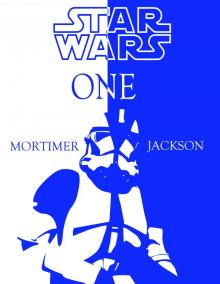 Star Wars One
Star Wars One Project 6
Project 6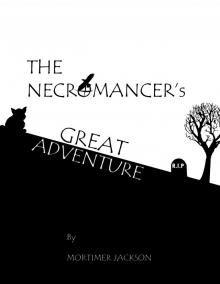 The Necromancer's Great Adventure
The Necromancer's Great Adventure The Necromancer's Reunion
The Necromancer's Reunion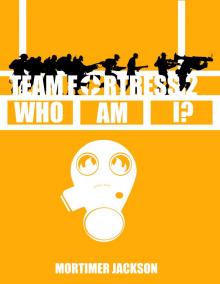 Team Fortress 2: Who Am I?
Team Fortress 2: Who Am I?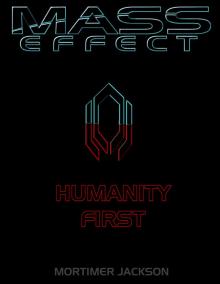 Mass Effect: Humanity First
Mass Effect: Humanity First Alex Frost Meets The Killer
Alex Frost Meets The Killer Based On A True Story
Based On A True Story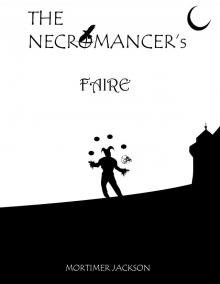 The Necromancer's Faire
The Necromancer's Faire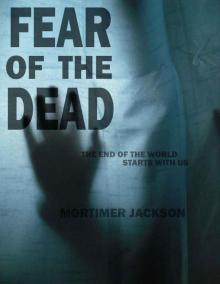 Fear of the Dead
Fear of the Dead